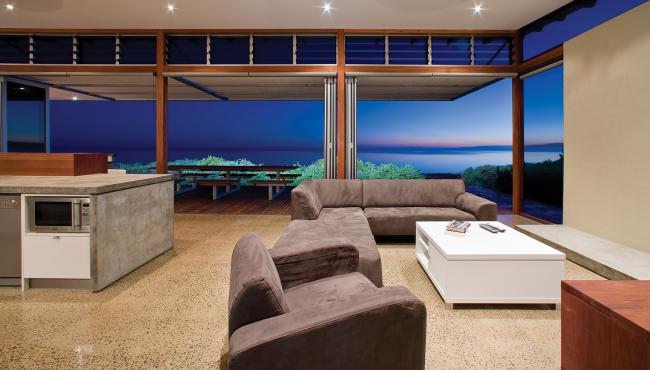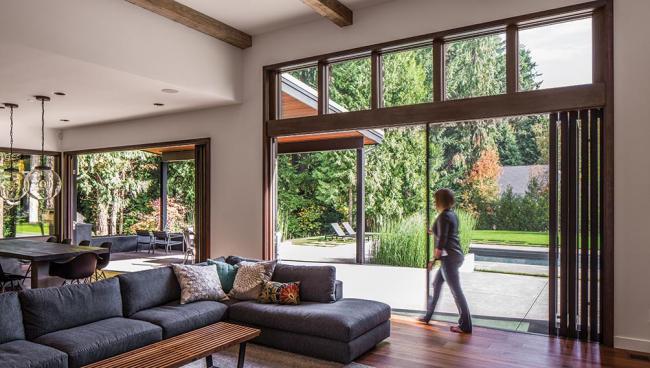
Doors are no longer used only to enter and leave your home. They now play an important role in connecting you with the world outside. A well-designed room and doorway will make that connection much stronger, bringing the beauty of the outdoors into your home whether you have views of a grand rolling landscape or a humble courtyard garden.
There is nothing new in the desire to connect with the world beyond your walls but improvements in construction and product design have allowed architectural boundaries to be pushed. The difficulty can come once you have moved into your home and practical elements that may have been forgotten during the design process are revealed. To ensure you get the best outcome for your home consider the following.
Be clear on what is important
Take time to think about your objective and use this to guide your design decisions. If it’s a beautiful, distant view then design the opening to make that connection without being distracted by the interior. If it’s about relaxing in your garden then design a door opening that makes it as easy as possible to move from inside to out.
A view surrounded by a frame
Rather than thinking of ‘walls’ and ‘doors’ think in terms of ‘a view surrounded by a frame.’ Where should the ‘frame’ be located and where in the room will you appreciate this view from the most?
Design out distractions
Although large doors open your home to the outside and bring in light and air, they can create compromises with insects, sunlight and privacy. You could attach add-on screens or heavy drapes to the doors but these end up distracting you from the view.
Ground-breaking Centor Integrated Doors combine doors, screens, shades and hardware as one so you no longer need to live with these compromises. The built-in screens and shades retract into the door so they are seen only when needed.
If you want curtains as well, why not try recessing the tracks into the ceiling and wall returns to keep lines clean.
Other ways to reduce distractions include flush sills that create seamless transitions from inside to out or the use of shadowlines in place of architraves. The consistency of finishes and material choices throughout also effects the look and feel of your home, so keep the palette simple if you want the world beyond your doors to be in focus.


